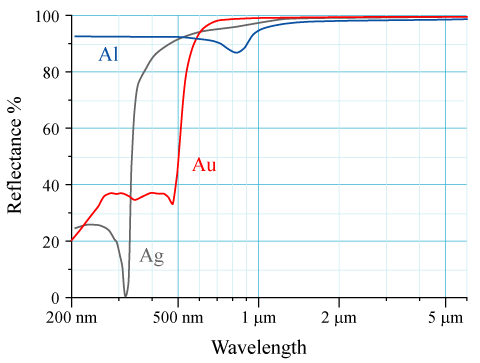RGB color is a bit more complicated a subject than readily seems apparent. The reflectance wavelength diagram shows the reason quite well actually.
RGB color model has several central problems:
- What the colors represent: They represent 3 spikes in a continuous spectrum. The R, G and B aren't energetically equivalent let alone evenly spaced.
- What their range is: The colors do not actually mean anything without information of what space they span. In the assumed sRGB color space the space does not span the entire sensable range. So energetically equal but more vivid colors exist.
- Human sensory apparatus isn't actually reading 3 color spikes but the sensors nonlinearly overlap.
As a result one can not draw the conclusion that a reflectance color channel of greater than 1 automatically means that energy is inserted into the system. That is simply one of the possible interpretations.
Another interpretation is that the color is more intense than your color space allows. As a result your color vector component could be over 1.
Human eyes may also bleed color from one sensor to another due to overlap of the sensors. Such things happen with the sky which seems light blue, but is actually far darker blue but so intense that we see it as light blue. But in 50% reflections it would look wrong if we wouldn't account for this.
In the end, it can also mean energy is inserted into the system. Either the energy comes from elsewhere or is generated by the surface.
Rendering is often not a scientific measure of things. No energy principle needs to be broken to achieve this.
Summa summarum (tl;dr)
Color is often a compound attribute at the same time as it measures energy levels it also measures something other. Namely the location in the color space. Thus you can not differentiate the two signals (energy and color intensity) easily.
In this case it is a more intense color because the source says so: Outside of sRGB gamut = more intense color than the color space can make.

